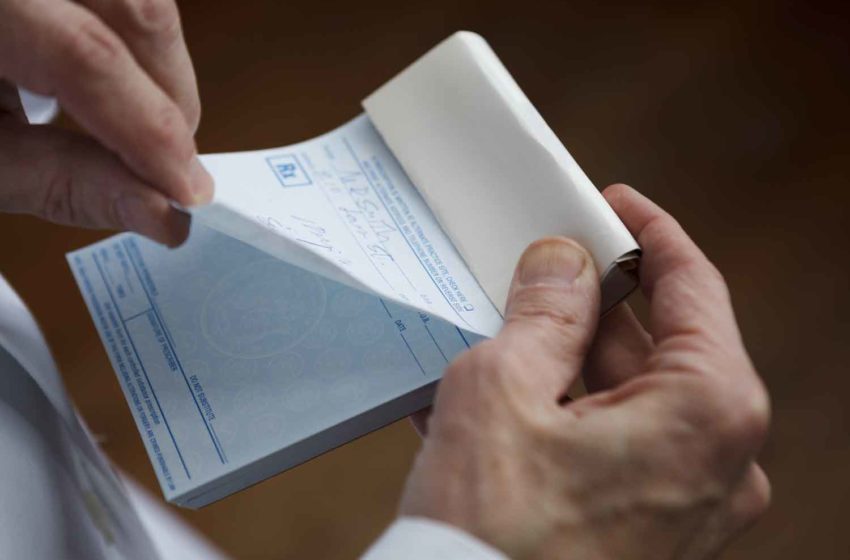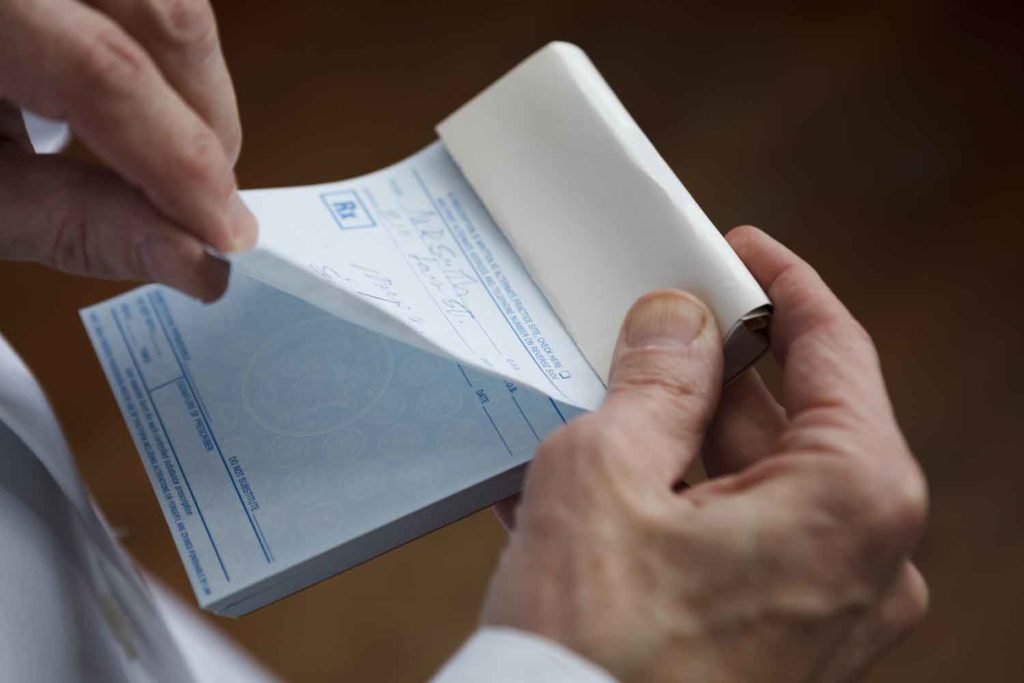Rules Of The Road
- Also in TR
- December 2, 2021
- 0
- 2
- 8 minutes read


What manufacturers should know about the medical route for vapor products to the U.K. market.
By Lloyd Smart
E-cigarettes, and the regulations surrounding them as medicinal products, were thrust into the national spotlight in the U.K. with the news that the National Health Service (NHS) could look to prescribe them to smokers in the future.
The U.K. has set a target to be smoke-free by 2030, and supporting smokers in switching to less harmful methods of nicotine delivery has largely been met with a positive reaction.
Yet, the opportunity to register nicotine-containing products as medicines in the U.K. has always been in existence.
Broughton was involved in the first electronic cigarette to be licensed in the U.K. as a medical product in 2015, the Voke. The e-cigarette, which underwent testing at our facility, was a milestone in the electronic nicotine-delivery systems (ENDS) world but was never launched.
The recent press release by the Medicines and Healthcare products Regulatory Agency (MHRA) underlines the medicinal route for manufacturers and sets out the guidance on offer for those who want to take it. The expanded guidance is a positive step to encouraging larger take-up that could lead to general practitioners (GPs) prescribing e-cigarettes—and greater numbers of people quitting tobacco completely. Of course, the outcome of a GP appointment lies in the choices made by the GP or nurse practitioner, and it may be that work needs to take place to change perceptions of ENDS products within the NHS.
It is interesting to note that Brexit has paved the way for the U.K. to somewhat diverge from European legislation, a clear indication that the U.K. is pioneering this approach and moving forward on its own.
The requirements of the MHRA’s application process are stringent but well understood, with timelines for the approval as a medicine likely longer than a consumer product. Yet there are benefits to be had for those whose products make it through this pathway.
While it may be a more detailed route, classing a product as a medicine comes with confidence for the end user that it meets defined standards of quality, safety and efficacy, and this layer of trust could make the difference in attracting more smokers to make the switch, which is undoubtedly a positive.
The medicinal route allows for a much higher strength of nicotine too, not to mention the ability to market products slightly differently.
The MHRA authorization may also arguably result in a price premium for those products that make it through the process, making it an attractive prospect for manufacturers.
Certainly, a holistic view of the available regulatory pathways should be discussed upfront, something an integrated consultancy such as Broughton builds into every project, and certainly before data begins to be generated or submissions compiled.
So, what do manufacturers need to know about the MHRA’s updated guidance?
Overall, the guidance has been expanded somewhat from about 14 pages to nearly 17, and the MHRA has provided expectations in the key areas of quality, safety and efficacy.
The overriding message is still that “The MHRA seeks to encourage the licensing of electronic cigarettes (e-cigarettes) and other inhaled NCPs [nicotine-containing products] as medicines and aims to support companies to submit marketing authorization applications for these products.”
There are other changes for potential applicants to consider:
- The guidance name has been updated to “Guidance for licensing electronic cigarettes and other inhaled nicotine-containing products as medicines” and now clearly references other inhaled NCPs outside of e-cigarettes.
- References throughout have been updated to U.K.-specific articles/regulations, for example, UKCA marking is now mentioned, and the U.K. Human Medicines Regulations (2012) replaces EU Directive 2001/83 for the legal basis.
- The U.S. premarket tobacco product application (PMTA) pathway (via the Food and Drug Administration) is now specifically noted, and the MHRA states, “For applicants with products undergoing the U.S. FDA premarket tobacco product application (PMTA) process, the MHRA can discuss what data may be relevant for a U.K. marketing authorization application.” There is, therefore, potential to share/bridge data from other applications.
- The new 150-day (national) accelerated procedure for the assessment of high-quality applications is noted. This could potentially shorten the processing time from 210 days down to 150 days, excluding clock-stops, for the marketing authorization application (MAA).
- Updated references to test equipment and methodology for a “vaping machine” have been replaced with BS ISO 20768:2018.
- There are clear expectations to provide “analytical chemistry data” to confirm the compounds present in the vapor produced by an e-cigarette device under its normal operating conditions.
- The nonclinical safety is further expanded to ensure the applicant considers repeat-dose toxicity and how read-across end points, such as PK modeling, adverse outcome pathways and post-marketing surveillance, can all assist in the nonclinical assessment.
- Guidance on clinical aspects (safety and efficacy) has been strengthened from three quarters of a page to nearly three pages. The underlying principle of the studies has not changed and remains in line with the legal status of the application. However, the MHRA has provided comments on how an applicant may look to design such studies, including the number of participants, sampling points and times, whether the comparison to a combustible cigarette can be excluded, how to address further nicotine concentrations and additional flavors.
An application and successful product registration as a medicine does come with an increased regulatory expectation on the marketing authorization holder, which applicants will need to consider. Example areas of consideration would include:
- Applicability of Good Manufacturing Practices
- Qualified person mandatory role
- Medical device marking aspects, i.e., UKCA or CE
- Pharmacovigilance system and qualified person for pharmacovigilance
- Good Distribution Practices in the supply chain
- Ongoing stability
- Life cycle maintenance of the license
Working with established partners in the pharmaceutical space will ensure that the above list, which is certainly not exhaustive(!), is not an overburdening one.
The MHRA is making a clear stance as a global regulatory leader in the registration of electronic cigarettes as medicinal products, and that is only to be welcomed.
